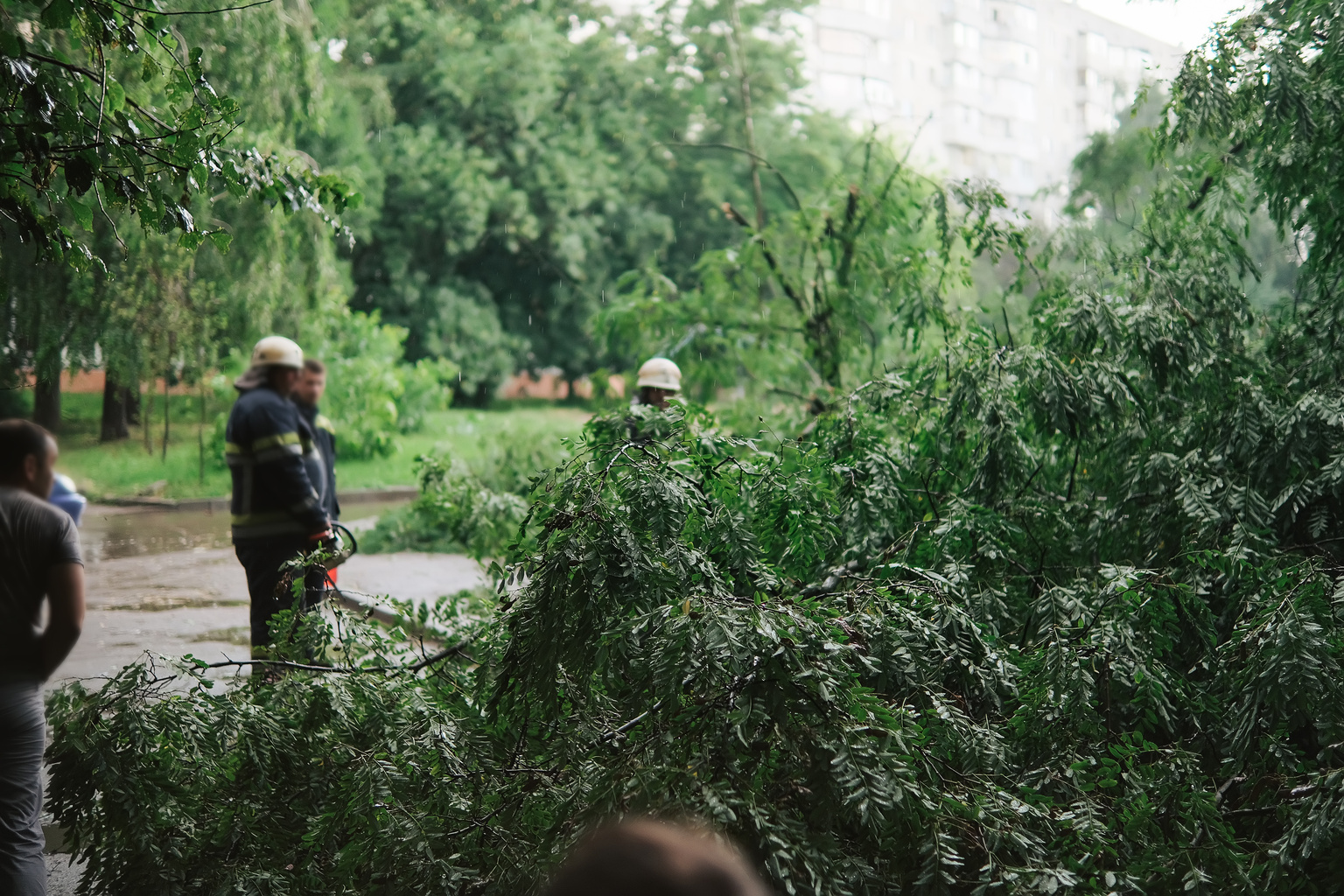In the previous ISO 31000 blogs, a plan has been drawn up and communicated clearly with the help of bowties.
The next question then becomes, how do we know our plan is working as we had imagined? Is our paper world close to the reality of the real world? In ISO 31000’s framework, we Monitor and Review so that we may improve the quality of our process. In these final ISO 31000 blog posts, we will explore the topic of incidents and the inherent obstacles therein.
The harsh reality of incident investigation
Unfortunately, incidents still occur frequently in everyday life and though we are getting better at controlling the severity of incidents, they will likely keep happening. Not because of human error (though that is a small part of it) but because companies (have to) take risks to generate revenue. There is one saying that a fox is never caught twice in the same snare. But does a fox’s environment change as rapidly as ours does? The reason for this rapidly changing environment is that people tend to search out the limits of themselves and the systems they work in. One formulation of this is the Law of Stretched Systems, it states: ‘Every system is continuously stretched to operate at its capacity’. I think it is this tendency that will make sure we will always have incidents.
It is therefore our duty to combat this tendency by constantly reminding everyone of the dangers involved. As James Reason says it: We must slow down the process of forgetting to be afraid. It leads to one-liners like: “If you think safety is expensive, try having an accident”, or “Sometimes greed makes you spend more”.
The silver lining
Luckily, incidents provide us with invaluable information. Learning from incidents can help prevent future larger incidents and help smooth out faulty processes, thus improving the business process. Additionally, it has been known to increase workers’ risk perception and helps come up with new innovative solutions.
The harsher reality
Sadly, this information does not always get utilized optimally. In research on Learning from Incidents, Groeneweg, Drupsteen, and Zwetsloot (2013) found that there is a large discrepancy between what is supposed to be done and what is actually done, especially when the recommendations are implemented and evaluated (see Figure 1).






